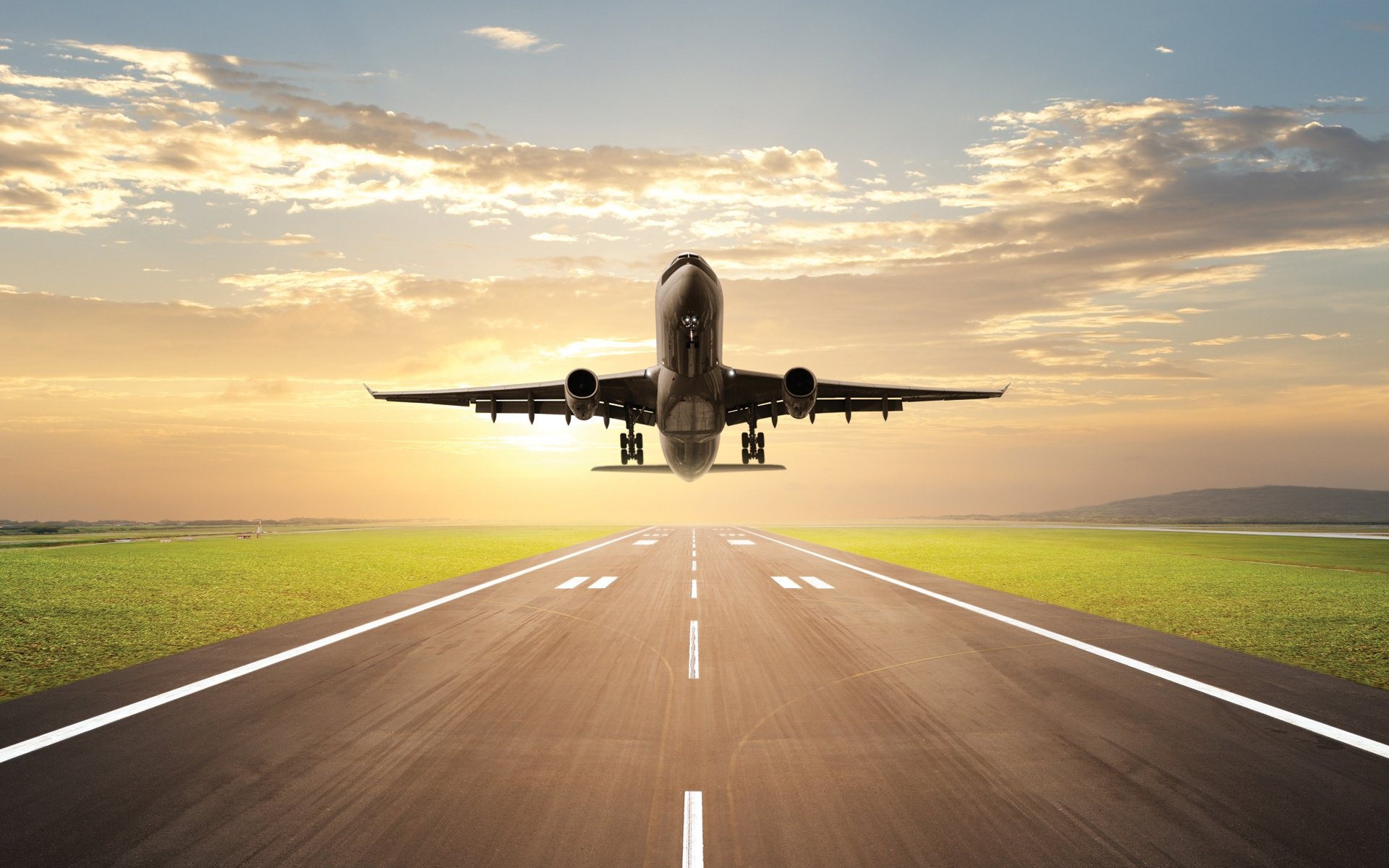DGCA Questions of Module 8 from Sub-Module 1 | Physics of atmosphere
1. The layer of atmosphere where temperature gradually falls
a. Troposphere
b. Stratosphere
c. Tropopause
2. The lapse rate in the stratosphere region
a. 6.5 k/feet
b. 0 k/feet
c. 5 k/feet
3. The amount of air in the atmosphere apply———-at the top surface
a. Force
b. Weight
c. Pressure
4. Which of the following flight operation is not depends on density?
a. Rocket
b. Parachute
c. Kite
5. Density of air at sea level
a. 1.035 kg/m3
b. 1.225 kg/m3
c. 1.205 kg/m3
6. Density is defined as
a. Weight/volume
b. Mass/volume
c. None of the above
7. Temperature at sea level is
a. 288K
b. 273K
c. 173K
8. The portion of atmosphere below which layer changes in temperature takes
place
a. Troposphere
b. Stratosphere
c. tropopause
9. Coefficient of viscosity is defined as
a. Ratio of velocity to drag
b. Ratio of viscous stress to velocity gradient
c. Ratio of viscosity to the friction
10. The temperature variation near earth surface
a. Smaller
b. Greater
c. No change
11. Viscosity coefficient
a. decreases with altitude
b. (a)+ constant in tropopause
c. (b)+ increases in stratosphere
d. (a)+ constant in stratosphere
12. What are the flow properties considered in ISA
a. Temperature, pressure
b. Temperature, Pressure, Density
c. Temperature, Density
13. ISA sea level temperature is
a. 15 deg C b. 45 degC c. 18deg C
14. The property of air which makes all flight possible
a. Viscosity
b. Pressure
c. Density
15. Below which layer temperature decrease rapidly
a. Troposphere
b. Stratosphere
c. tropopause
16. Mean sea level pressure
a. 1013.3 mb
b. 101.325 KN/m2
c. Both a and b
17. What is the purpose of making ISA
a. For identification
b. For making standardization for measurement
c. None of the above
18. Aircraft performance’s vital component
a. Density
b. Pressure
c. Velocity
19. As altitude increase then
a. TAS decrease than IAS
b. TAS greater than IAS
c. Both are same
20. IAS includes
a. Pressure only
b. Temperature and density
c. Pressure, temperature and density
21. The portion of the atmosphere below the height at which the change
occurs
a. Troposphere
b. Stratosphere
c. Mesosphere
22. Viscosity coefficient
a. Varies with density
b. Varies with friction
c. Varies with wind gradient
23. The rate at which the pressure decreases is much __________ near the
earth’s surface than at altitude.
a. Smaller
b. Greater
c. Constant
24. For normal temperature
a. Humid air is denser than dry air
b. Dry air is denser than humid air
c. Both are equal
25. When some pressure is acted on any surface then what actually acting
a. Pressure
b. Force
c. Inertia
26. In atmosphere a mixture of gases nitrogen and oxygen in the proportion of
approximately
a. Four – fifth nitrogen to one – fifth oxygen
b. One – fifth nitrogen to four – fifth oxygen
c. Both are equal
27. Due to viscosity and wind velocity gradually___________ from the ground
upwards
a. Decreases
b. Increases
c. Constant
28. Pressure measuring instrument
a. Barometer
b. Ammeter
c. Hygrometer
29. Dynamic pressure is the
a. Pressure of the surrounding medium such as fluid or a gas which comes
into contact with the object
b. Pressure as the result of the velocity through a fluid or gas
c. Pressure of the atmosphere at the altitude at which aircraft is flying
30. The mass of a cubic meter of air at ground level is roughly
a. 1.32 kg
b. 1.67 kg
c. 1.225 kg
31. Lapse rate at 1000M is
a. 1.98 degree C
b. -5.6 degree C
c. -6.5 degree C
32. Lapse rate at 1000ft is
a. 1.98 degree C
b. -5.6 degree C
c. -6.5 degree C
33. According to ISA at sea level temperature ,pressure & Density
a. 2370C, 1.1013mbar, 1.225kg/m2
b. 2370C, 101.3N/m2, 1.225kg/m2
c. 2370C, 1.013×105 N/m2 , 1.225kg/m3
34. Fluid can be defined as
a. Does not get affected by shear force
b. remain stable by the application of shear load
c. Will expand until it fills the container
35. In static fluid
a. Normal stress will act
b. Pressure is zero
c. Viscosity is nil
36. The characteristics of dry air at constant temperature & pressure
a. Greater density than humid air
b. Less density than humid air
c. Same as humid air
37. Ideal fluid or In viscid flow
a. Shear force will act
b. Viscosity is zero
c. It will deform under applied shear stress
38. Fluid is a substance
a. It cannot deform under an applied stress
b. It cannot resist any shear force applied to them
c. Viscosity will be the nil
39. Pressure is a
a. Scalar quantity
b. Vector Quantity
c. Both

2 thoughts on “DGCA Module 8 Questions from Chapter 1 | Physics of Atmosphere”